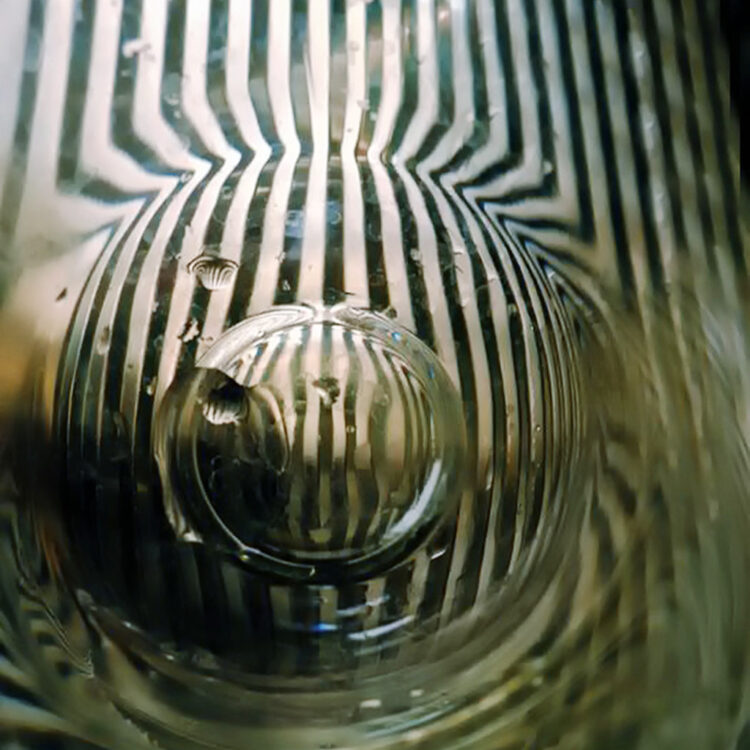At any given second, the human eye is processing billions of visual stimuli — trees changing color, flashing sirens, people in the distance — and turning them into understandable information. This means that what is seen is only understood after it has been processed by the brain. In other words, perception defines reality. But what if that reality isn’t as clear as it seems?
Take a look at the image in the center of the page. There appears to be a grayscale gradient going in one direction, with an inner rectangular gradient going in the opposite direction. Or at least, that is what the brain thinks. In reality, the inner rectangle is evenly-shaded throughout. This is an optical illusion.
To investigate why the brain perceives a gradient in the inner rectangle, a basic understanding of how vision is processed in the brain is first needed. Light reflects off objects and into the eye. It enters the eye through the pupil, a hole in the eye’s outer layer. The light travels through the lens, where it is focused, and onto the retina where various cells and photoreceptors process the light information. Now, the information regarding the visual stimuli translates the image so that it is seen upside-down and horizontally flipped. It is the brain’s responsibility to correct the orientation of the image so it is seen right-side up. The eyes are responsible for seeing, but the brain is responsible for perceiving. Past the retina, information from each eye travels through the optic nerve and converges inside the brain at the optic chiasm. The information then travels to the lateral geniculate nucleus, where the brain decides how to separate the information and sends it to the primary visual cortex. The primary visual cortex is where the initial steps in making sense of the information occur. Then, the information travels to other areas of the brain for further processing based on the type of visual information. For example, there are different neural pathways for perception of what something is versus where something is.
Based on this understanding of visual processing, it is clear that the brain is truly in charge of what is perceived. Although the pupil may receive light to form a certain image, the brain is where that information is defined. It is the brain’s control over human perception that allows optical illusions to take place.
The human brain is constantly trying to make sense of the world. The world, on the other hand, is not always a logical place; some things simply do not make sense. For the brain, however, this is a reality that is hard to face. Instead, the brain works extra hard to make sense of discrepancies. This is what the brain does when it interprets the image at the center of the page. This is a “perceptual illusion,” or a misinterpretation of an external sensory experience. The human perceptual system has the ability to alter perception in order to help detect certain objects faster. As a solid shade of gray, the inner rectangle is hard to differentiate and recognize in the context of the gradient behind it. In order to make the inner rectangle pop against the gradient background, the brain perceives the solid shades of gray as a gradient going in the reverse direction. Elements of color contrast theory are also seen here. In this optical illusion, the brain works to create better figure-ground relationships and alters perception to a useful advantage. Although it may seem as though the brain is lying or creating a false reality, the brain is functioning with survival-based reasoning.
Perceptual illusions are just one of many types of illusions that affect the human mind. Optical illusions are not confined to games, carnivals, and magic tricks. They can be found everywhere because the brain is constantly trying to make sense of the world. Although this can lead to false reality, there is comfort in knowing that your brain has your best interests in mind.
Sources:
Frontiers in Human Neuroscience (2014). DOI: 10.3389/fnhum.2014.00566
Image courtesy of Flickr

